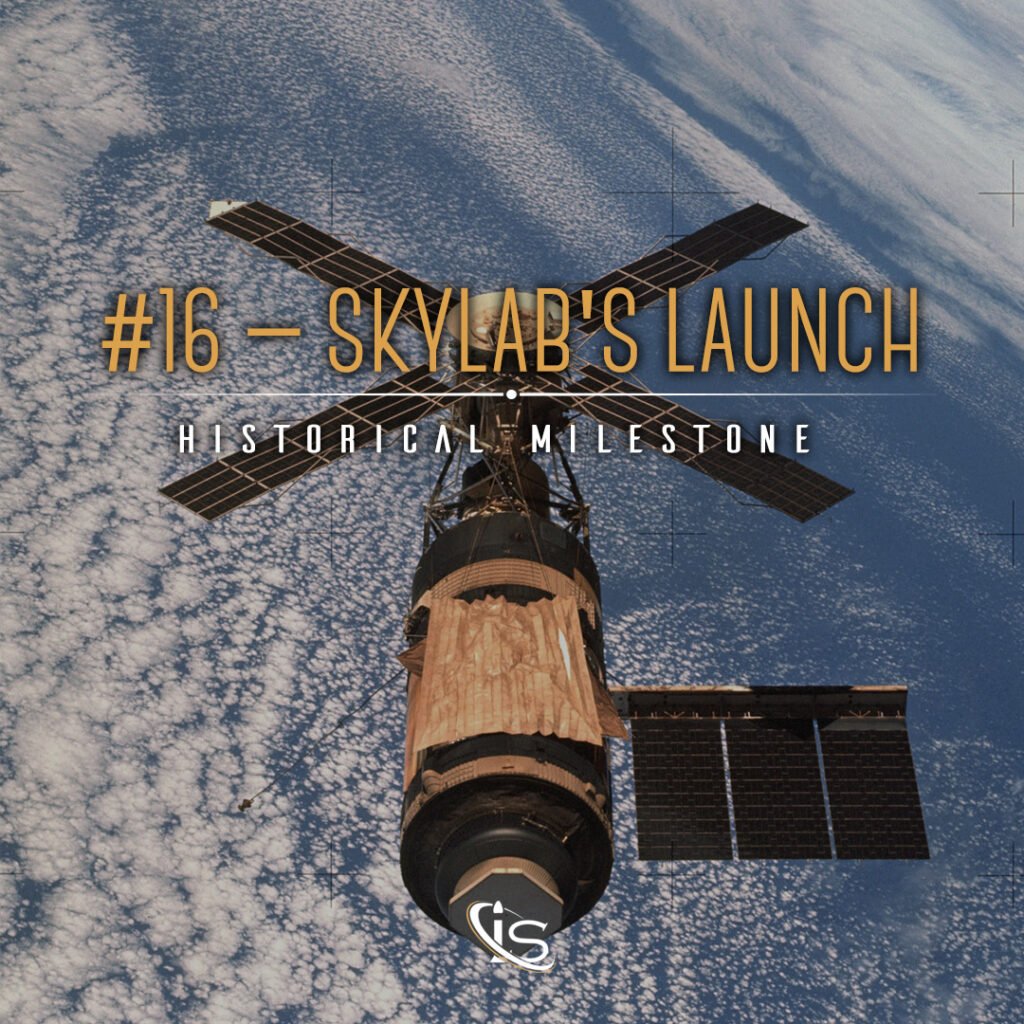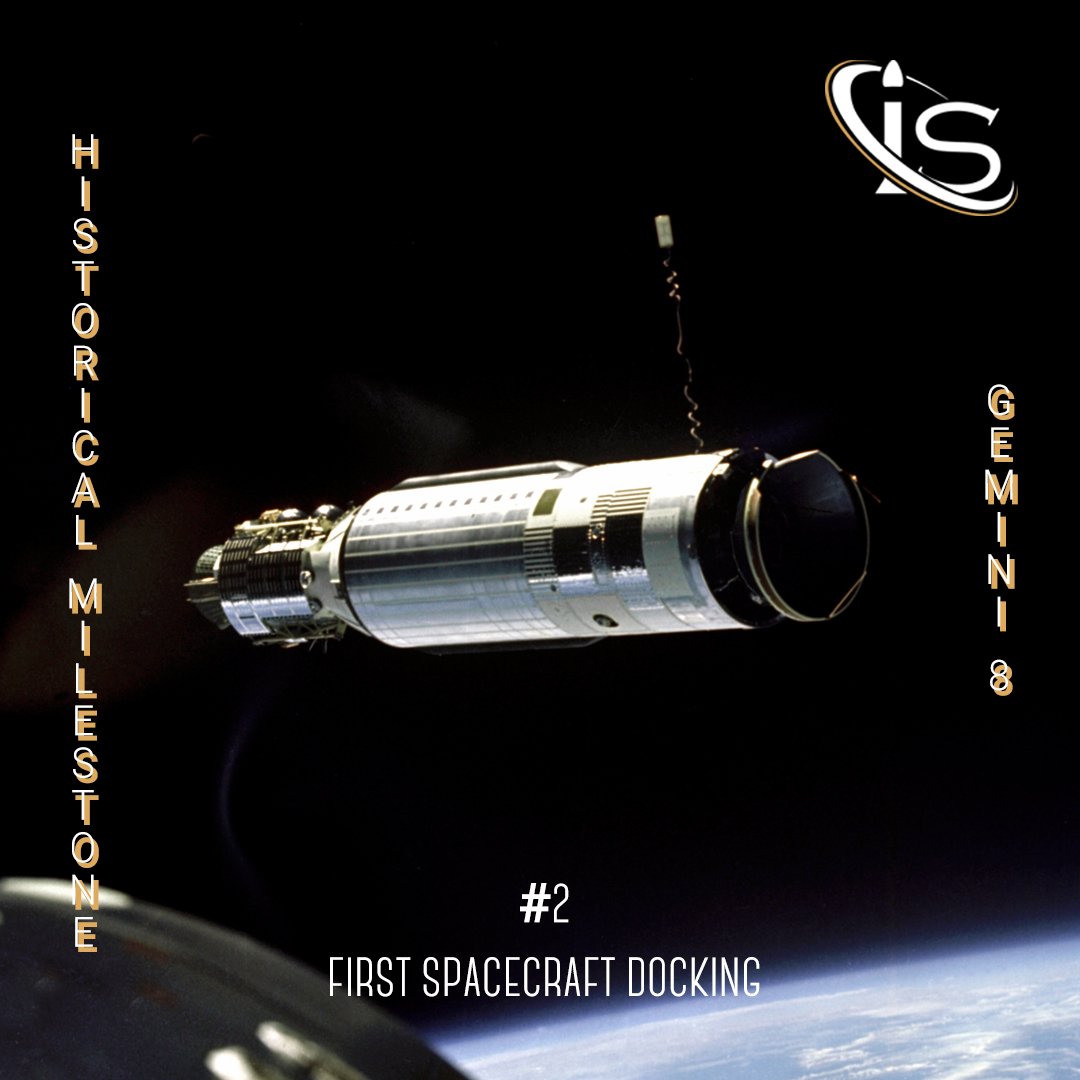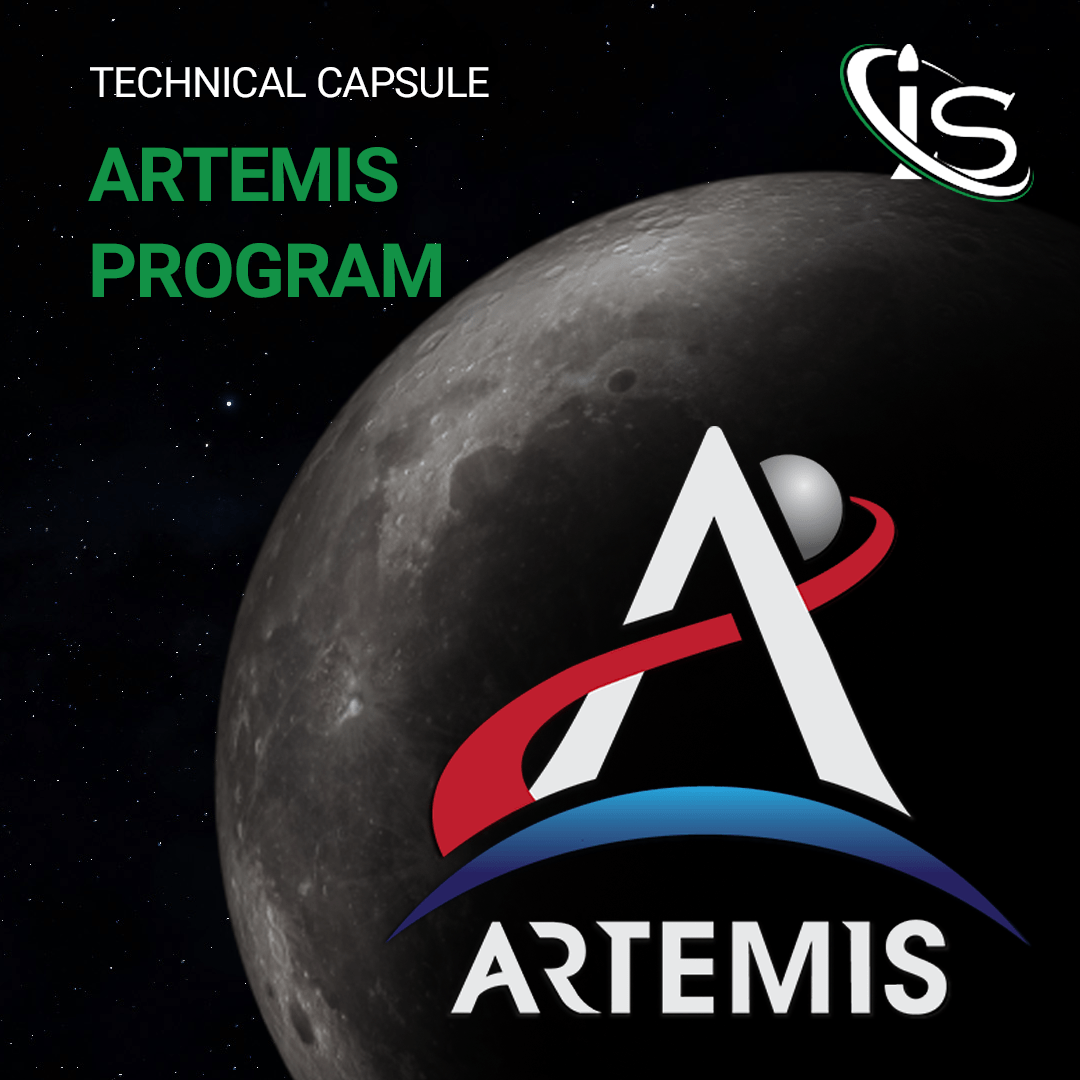Welcome to part 2 of our dive into the International Space Station, or ISS. Last time, we focused on everything that was behind its conception and assembly. So, it only stands to reason that today’s topic would be on this incredible station’s journey through the decades. How has it remained operational? And what has it accomplished so far? Well, let’s just say that the ISS spacewalks are a key component to the station’s success and longevity. So, without further ado, it is time to dive into today’s capsule.
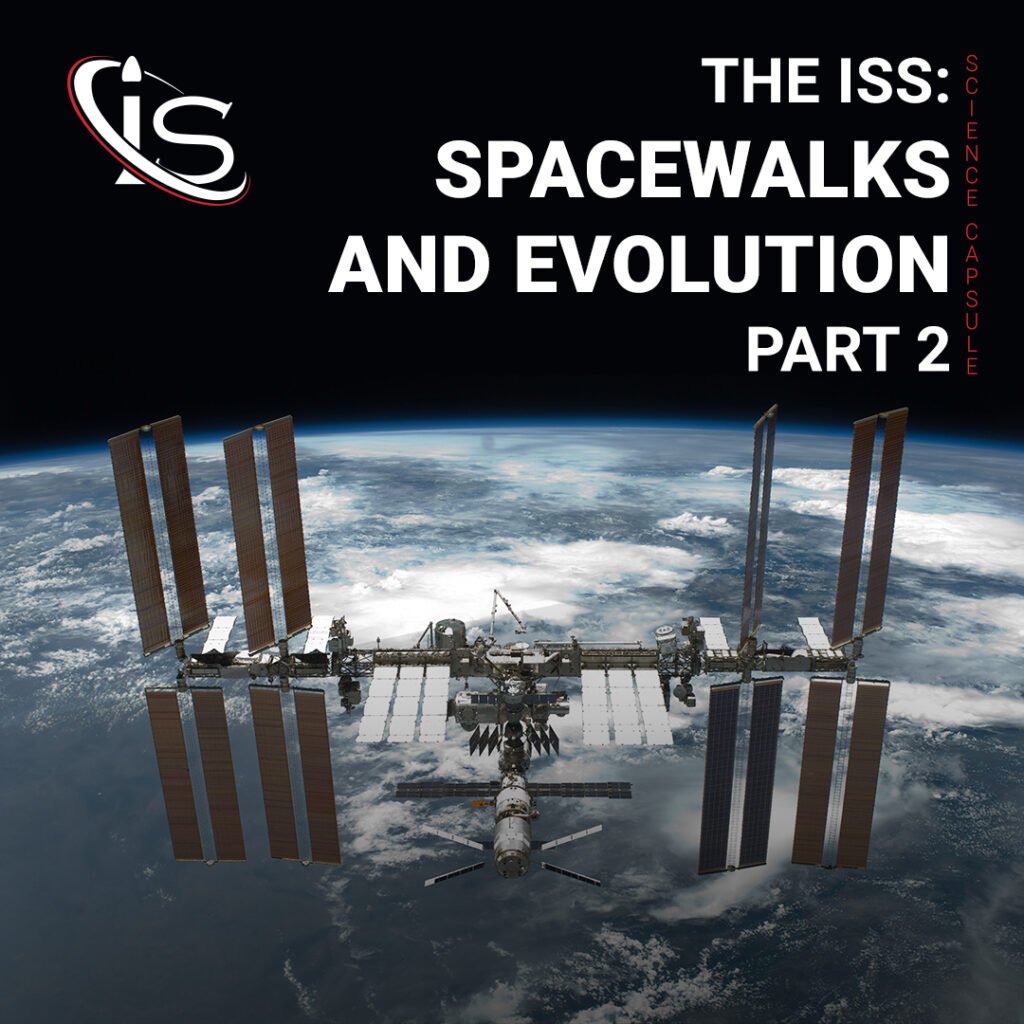
The ISS and Spacewalks
Perhaps the biggest factor in assembling the ISS and keeping it running is the various spacewalks that have been conducted. Also known as Extravehicular Activities, or EVAs, there have been over 260 spacewalks in the history of the space station. The first of these took place at the very beginning of ISS construction, on December 7th, 1988. Performed by Jerry L. Ross and James H. Newman, this EVA connected the station’s first two modules, Node 1 Unity and FGB Zarya, via electrical and data cables. In fact, the first 10 spacewalks all happened before Expedition 1’s crew became the first to stay at the ISS.
Everyone’s First Spacewalk
Then, during the second assembly mission, which took place in May 1999, Tamara E. “Tammy” Jernigan became the first woman to conduct a spacewalk for the space station. Of course, it was not just NASA that sent astronauts on spacewalks at the ISS. Russia had their first EVA performed by astronaut Edward T. “Ed” Lu and cosmonaut Yuri I. Malenchenko. What is of particular note here is that both the United States and Russia had to make some adjustments to make this happen. NASA adjusted their Neutral Buoyancy Laboratory to allow the Expedition 1 train to use both the US EMU and Russian Orlan spacesuits. Meanwhile, the Gagarin Cosmonaut Training Center changed its Hydrolab to support the US EMU spacesuits.
And, of course, the other countries involved in the ISS had spacewalks of their own too. Canada had their first one occur in April 2001, which was performed by Chris A. Hadfield. France had their first one in June 2002 with Philippe Perrin. And Japan had their first astronaut perform an ISS EVA in the form of Soichi Noguchi, on July 30th, 2005. Although, it might be more appropriate to call him Noguchi Soichi, as the last name is said before the first name in Japanese culture.
The Risks with EVAs
It probably comes as no surprise to anyone that performing a spacewalk is not devoid of risks. And while they are not what some forms of media would have you believe — the Fantastic Four franchise comes to mind — they are something that every crew member has to be aware of. A particularly interesting example of this comes from the STS-120 mission, which occurred in October 2007. This mission entailed both the introduction of the Harmony model and the relocation of the P6 truss segment. And it was the latter that proved to be more challenging than anticipated.
Because the P6’s solar arrays had been rolled up earlier in the year, the crew needed to unfurl them at the new location. While no problems were encountered for the first one, the second array proved to be a touch more complicated. As it was being unfurled, the crew noticed the presence of a small tear, which led to a change in plans. To avoid further damage, before rolling the rest of the array out, the astronauts were going to essentially suture the tear. Funnily (and luckily) enough, one of the two people conducting the EVA was also a physician. Yes, astronaut Scott E. Parazynski was able to show off his suturing abilities and help repair the tear in the array. He accomplished this with the use of “cufflinks” which secured the tear and let the array fully unfurl.
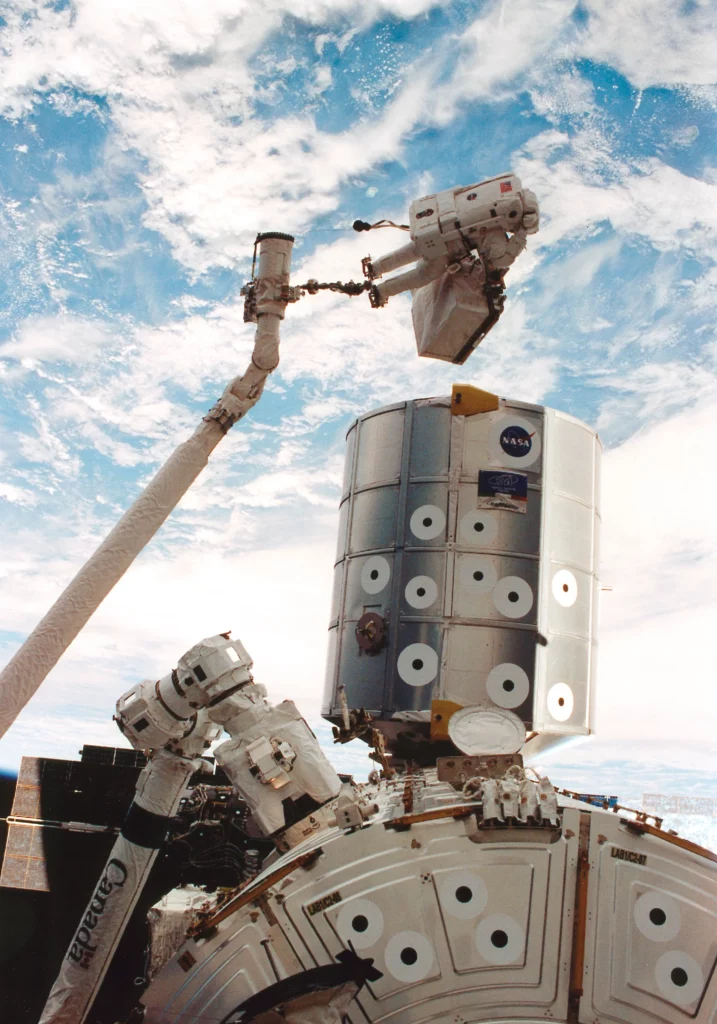
The ISS Through the Years
With over two decades of operations under its belt, the ISS has become the pinnacle of mankind’s ability to conduct research in space. From a space outpost to the microgravity laboratory it has become, this station has proved invaluable throughout its history. Not only that, but the ISS has been continuously inhabited since the year 2000, with over 60 Expeditions centered around it.
It should come as no surprise, then, that the current Biden-Harris administration has committed to continuing operations aboard the station until 2030. Furthermore, the ISS has started hosting commercial crews as well. One such example is SpaceX’s Dragon, which is a resupply ship that was on the Harmony module’s port. In fact, the ISS as a whole has been transitioning to supporting more and more commercial services.
Until Next Time
This brings us to the conclusion of another capsule. I hope you enjoyed learning more about the International Space Station in this two-part miniseries (or twofer, if you’d like). We will actually not have another science capsule or historical milestone next week, as Impulso is going to go to Bremen for the Space Tech Expo from November 14th to November 16th. So our focus will be shifted to that for the next couple weeks. Make sure to stay tuned to every Impulso social media page for all the exciting Bremen updates. And I will “see you” back here, at impulso.space, after the conference.


